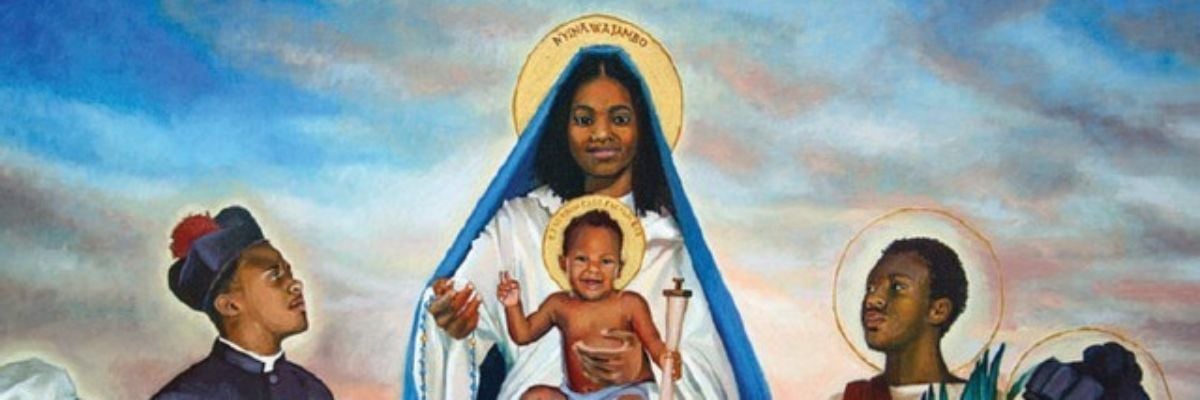
Why do Marian apparitions differ in appearance? Jimmy Akin explores the question of how the Blessed Virgin Mary can appear differently in various apparitions around the world. Learn the Church’s perspective on the purpose of Marian apparitions and the role of the seer’s cultural context in shaping the vision. Discover why the focus should be on the message and devotion rather than the physical details of the apparition.
Transcript:
Mark is in Pawtucket, Rhode Island, watching on YouTube. Mark, I’d like to get you an answer from Jimmy, but you’ve got to be quick with the question.
All right, my question is about Marian apparitions. You have Our Lady of Akita, Japan, Guadalupe, Mexico, Kibeho in Africa. They all look different from each other, each resembling nations that they appear to. How can we have all these different Our Ladies when there is only one Saint Mary during all these apparitions that have been approved by the Church? Is it the same lady appearing in all these different events?
The basic answer is going to be yeah. Now, one of the things, and this goes back, for example, to Cardinal Prospero Lambertini back in the 1700s, who was later elected Pope Benedict XIV. He wrote the classic book on this, and he pointed out that, like, there was a controversy at the time about some seers see Jesus crucified with three nails, some seem crucified with four. Which vision should we trust? And he said, it doesn’t matter. The point of God giving someone a vision of Jesus on the cross is not to teach us about the number of nails. It’s to help us grow closer to Jesus. And in the case of a Marian apparition, it’s to help us appreciate Mary and grow closer to Jesus. It’s not to teach us about what would she look like if you had a photograph of her. And consequently, the consciousness of the seer will fill in the subsidiary details, like how many nails do they see Jesus crucified with? How does Mary appear? What does she look like? What clothes is she wearing? And it’s been observed that she often appears as if she were a member of the local culture. And that’s not surprising because it’s a way of communicating her closeness to the local culture and her love for the people of the local culture and her maternal care for the people of the local culture.
Hey, thanks for watching. If you like this Catholic answer, be sure to like, subscribe, and check out our live streams Monday through Friday, 3 to 5 p.m. Pacific, or find the episode after on YouTube, your favorite podcast platform, or our Catholic Answers app.



